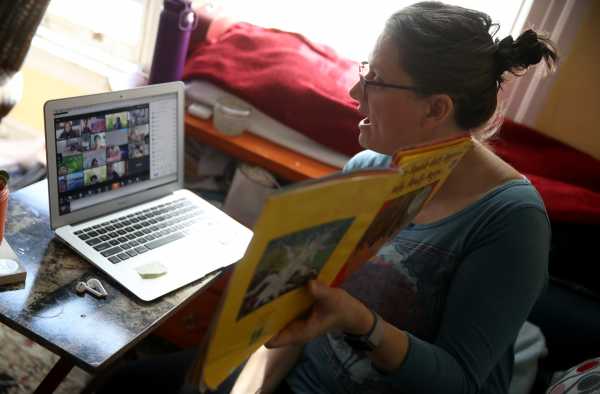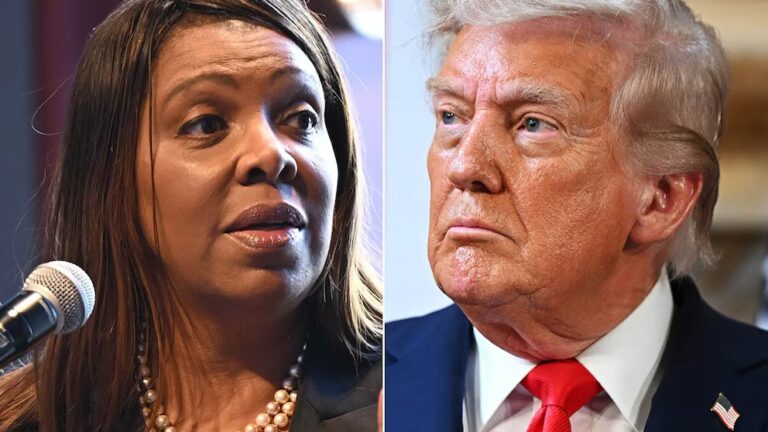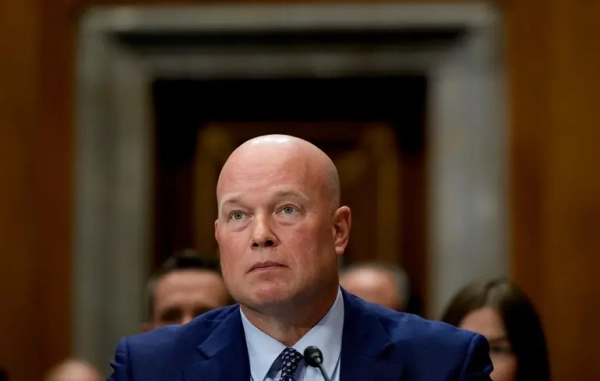
Tucked inside the $900 billion Covid-19 stimulus bill are some pretty big broadband provisions aimed at getting more Americans the internet, at a time when connection is so pivotal in so many parts of everyday life.
The pandemic relief bill, passed by both houses of Congress at the start of the week, sets aside $7 billion in funding for broadband connectivity and infrastructure. That amount includes $3.2 billion for a $50-a-month emergency broadband benefit for low-income households and those that have suffered a significant loss of income in 2020, and a $75-a-month rebate for those living on tribal lands. It also includes $1 billion in grants for tribal broadband programs, $300 million for rural broadband grants, and funds toward telehealth, broadband mapping, and broadband in communities surrounding historically Black colleges and universities.
Broadband connectivity — or, rather, the lack thereof — has long been a problem in the United States. The pandemic has demonstrated how essential a lifeline the internet is, and how costly it can be for those who don’t have it. Work, education, social services, and myriad other activities are increasingly taking place online.
While the focus of lawmakers and regulators is often on rural broadband, getting good internet to more people is really a two-pronged problem of both access and affordability. The Federal Communications Commission (FCC) estimates that 21 million Americans don’t have access to quality broadband internet, though some estimates suggest the actual number is much higher.
Even so, just because a wire runs by your house doesn’t mean you can afford it. A $60-a-month internet option — about the national average — is only available if you have that $60. In 2019, Pew Research found that half of non-broadband users still say they don’t subscribe to the service because it’s too expensive, and nearly one in five households earning $30,000 or less aren’t online.
The stimulus bill takes a crack at both issues by putting funding toward expanding broadband infrastructure and toward helping people pay for a connection. The former often gets a lot more airtime than the latter.
“Broadband connections are essential for Americans seeking to get new jobs, and to access school, health care and other government services,” said Sen. Ron Wyden (D-OR) in a statement on Sunday. “Ensuring working families can stay online will pay massive dividends for kids’ education, helping people find jobs and jump starting the economic recovery next year.”
Wyden’s Emergency Broadband Connections Act was the $3.2 billion included in the stimulus bill. His office worked with Reps. Marc Veasey (D-TX) and Frank Pallone (D-NJ), who introduced provisions in the House on the matter.
“With an increased number of families and businesses working from home throughout this pandemic, we recognized how important it was for Congress to prioritize greater broadband access, resiliency, and adoption in this omnibus, and we are pleased to have achieved exactly that,” Pallone, chair of the Energy and Commerce Committee, and Rep. Mike Doyle (D-PA), chair of the Communications and Technology Subcommittee, said in a statement. “We must continue to ensure our communication networks are within reach for all Americans, especially for public safety entities, regardless of their location.”
Matt Wood, the vice president for policy at the media reform advocacy group Free Press, told Tony Romm of the Washington Post that at least 33 million households will be eligible for the affordability benefit, which the FCC will be charged with standing up and managing.
Ars Technica has a complete explanation on how people can try to access the benefits.
Not everything on the broadband wishlist made it into the deal, though. The FCC has a program called E-Rate that provides funding for internet in schools and libraries. That internet is typically limited to the physical buildings — which isn’t super helpful during a pandemic, when people are teaching and learning from home. Romm points out that there was a proposal in the Senate to put $3 billion toward E-Rate to help schools and libraries with more internet hot spots and laptops, but it didn’t make it into the final bill.
The fate of the stimulus bill is also unclear — on Tuesday evening, President Donald Trump released a video criticizing the stimulus package. He said he wants the stimulus checks in it, currently set at $600, to be for $2,000. He could refuse to sign the bill.
Having the internet is super important during the pandemic. It will be after, too.
While the Covid-19 outbreak has highlighted the cost of not having access to decent internet in the US, it’s not like this is a new problem, nor will it go away once the pandemic ends.
In an email to Vox, Gigi Sohn, a distinguished fellow at the Georgetown Institute for Technology and Law Policy, said that the emergency broadband benefit is “historic” and represents a “bipartisan recognition that broadband is essential to full participation in society.” She also called the $1 billion for tribal deployment a “great step in the right direction.”
But she warned that efforts shouldn’t stop here. “The digital divide won’t go away when the pandemic does, so much more needs to be done,” she said.
She pointed to House Majority Whip Jim Clyburn’s (D-CA) $100 billion Accessible, Affordable Internet for All Act as a repository of “many of the best ideas” for going forward. It includes putting $80 billion toward deploying high-speed broadband infrastructure across the country and providing a $50 monthly internet subsidy for low-income households, among other measures, in an attempt to address both accessibility and affordability. Earlier this year, Sohn described the bill, which passed the House but has gone nowhere in the Senate, as the “candy store” of ideas for digital inclusion in an interview with Recode.
Getting everyone in America on the internet is an ambitious goal — Recode recently laid out what it would really take to do it. The stimulus bill makes some important strides in addressing the often-ignored affordability issue. But real progress is going to take a lot of work for a long time.
Give the gift of understanding
In April, Vox launched a way for readers to support our work with financial contributions — and we’ve been blown away by the response. This year, support from our founding contributors has helped us create projects that millions relied on to understand a year of chaos, and to keep their families safe. Support from our readers helps us rely less on advertising, and keep our resource-intensive work free for everyone who needs it. We want to add 2,020 more founding contributors to our supporter base by the end of the year. Help us reach our goal by making a contribution to Vox today, from as little as $3.
Sourse: vox.com






